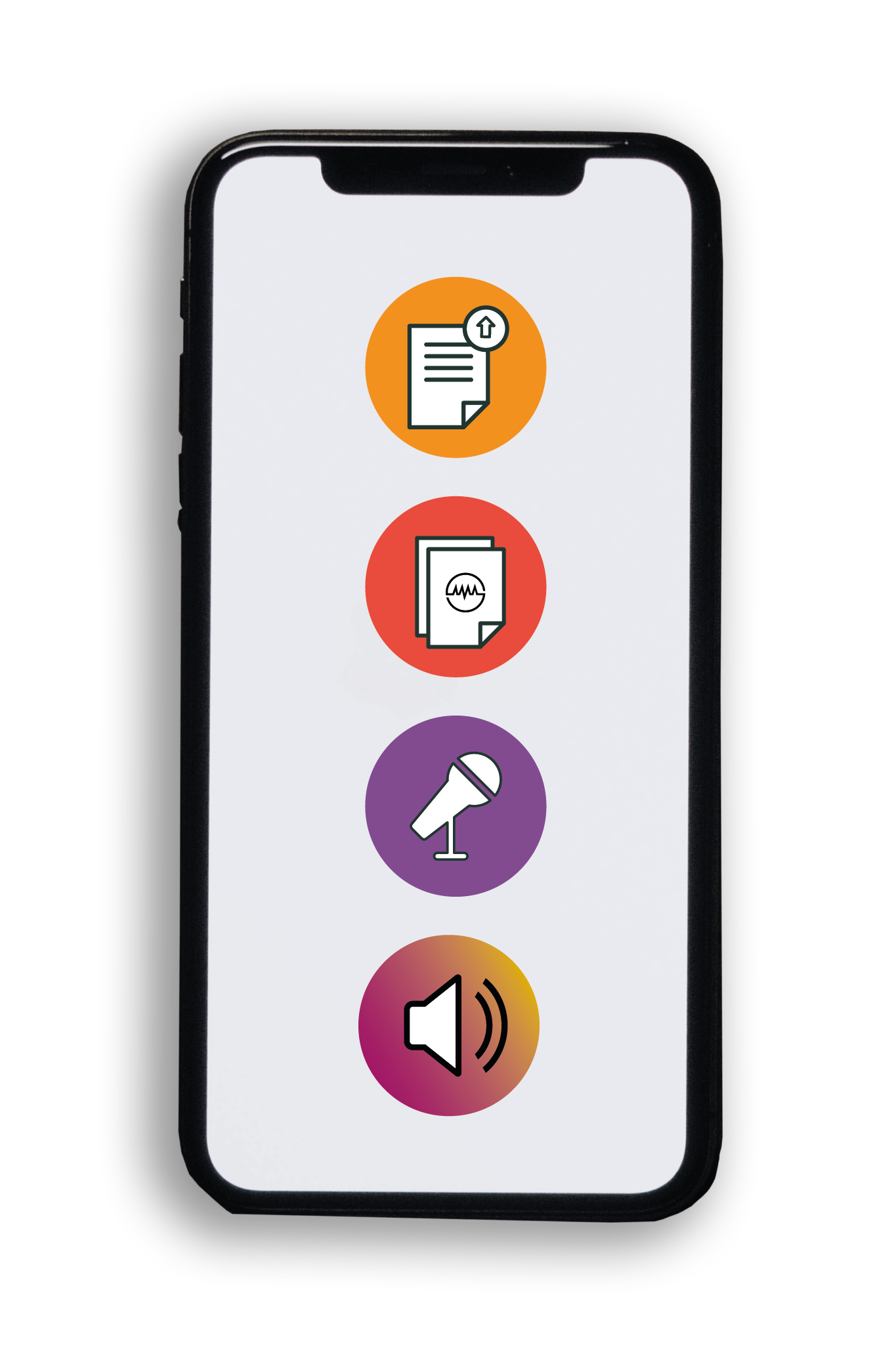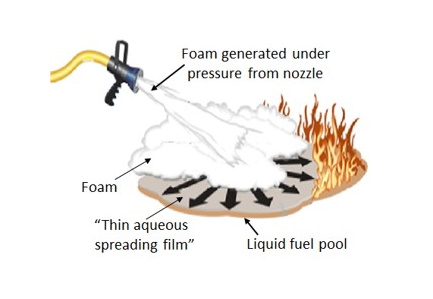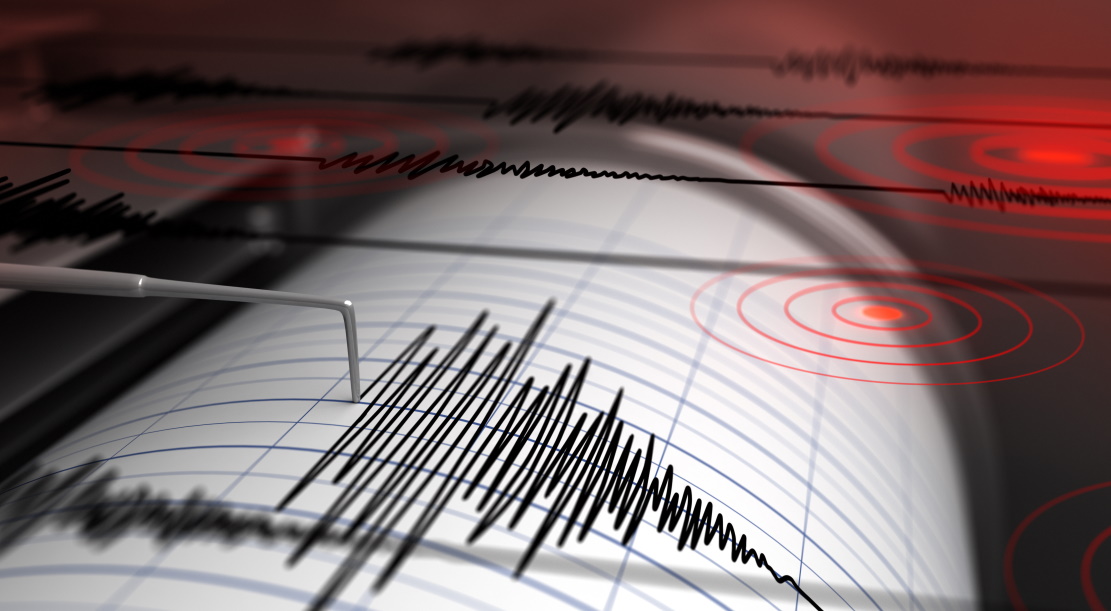Reinventing the Capacitor: The Topological Route of Electricity – Professor Valerii Vinokur | Professor Anna Razumnaya | Professor Igor Lukyanchuk
Original Article Reference
This SciPod is a summary of https://doi.org/10.33548/SCIENTIA805
About this episode
Modern microelectronics is currently facing a profound challenge. The demand for even smaller and more closely packed electronics has hit a stumbling block: the power emitted in these devices releases more heat than can be efficiently removed. Now, Professors Valerii Vinokur, Anna Razumnaya, and Igor Lukyanchuk propose a solution based on the seemingly counterintuitive phenomenon of ‘negative capacitance’. The effect is surprisingly linked to an intriguing topological structure, which is found time and again across a broad range of scientific fields.
This work is licensed under a Creative Commons Attribution 4.0 International License. 
What does this mean?
Share: You can copy and redistribute the material in any medium or format
Adapt: You can change, and build upon the material for any purpose, even commercially.
Credit: You must give appropriate credit, provide a link to the license, and indicate if changes were made.
More episodes
Dr. Arthur Snow | From Firefighting Foams to Molecular Mysteries: A Surfactant’s Unexpected Journey
Scientific discovery often unfolds in unexpected ways. What begins as a search for solutions to real-world challenges can lead researchers into unexplored scientific territory, where unconventional ideas emerge and spark debate. This dynamic was at the heart of research by Dr. Arthur W. Snow and Dr. Ramagopal Ananth in the Chemistry Division of the US Naval Research Laboratory. Their study aimed to address a pressing need: replacing fluorocarbon surfactants in firefighting foams. What they discovered would take them beyond firefighting applications and into fundamental questions about the nature of water itself.
Professor Jeremy Maurer | Building a seismic timeline of the Nippes earthquake
Sitting directly over a complex network of fault lines, Haiti is one of the most earthquake-prone nations on Earth. In 2021, the Nippes earthquake became the latest to devastate the country, and today, researchers are still piecing together the timeline of seismic events which unfolded during the earthquake. Through their research, Professor Jeremy Maurer and colleagues at Missouri University of Science and Technology have described how the Nippes earthquake originated, shifted, and ruptured a major fault line, triggering numerous ‘afterslip’ events in the following days.
Prof. Dr. Ralf Klessen | Reviewing the formation of the universe’s first stars
Before the universe was illuminated by stars, most of its observable matter existed in a roughly even distribution of hydrogen and helium. As these materials collapsed under their own gravity, they would have heated up, initially preventing them from collapsing further to densities high enough for stars to form. As part of a new review, Prof. Dr. Ralf Klessen and Prof. Dr. Simon Glover at Heidelberg University investigate the chemical mechanisms which enabled this primordial gas to cool and fragment to form the universe’s first generation of stars.
Dr. Zhe Su | Understanding the twisted tectonics of the Sichuan basin
The Sichuan basin in southern China is a region of deep geological and seismological complexity, which has so far prevented researchers from understanding its tectonic past. Through fresh analysis of previous observations, combined with the latest modelling techniques, a team led by Dr. Zhe Su at the National Institute of Natural Hazards, Beijing, suggests for the first time that the entire Sichuan basin is slowly rotating. Their result could explain the origins of one of the deadliest earthquakes in living memory, and could also help seismologists to better predict when earthquakes will strike the region in the future.
Increase the impact of your research
• Good science communication helps people make informed decisions and motivates them to take appropriate and affirmative action.
• Good science communication encourages everyday people to be scientifically literate so that they can analyse the integrity and legitimacy of information.
• Good science communication encourages people into STEM-related fields of study and employment.
• Good public science communication fosters a community around research that includes both members of the public, policymakers and scientists.
• In a recent survey, 75% of people suggested they would prefer to listen to an interesting story than read it.

Step 1 Upload your science paper
Step 2 SciPod script written
Step 3 Voice audio recorded
Step 4 SciPod published




